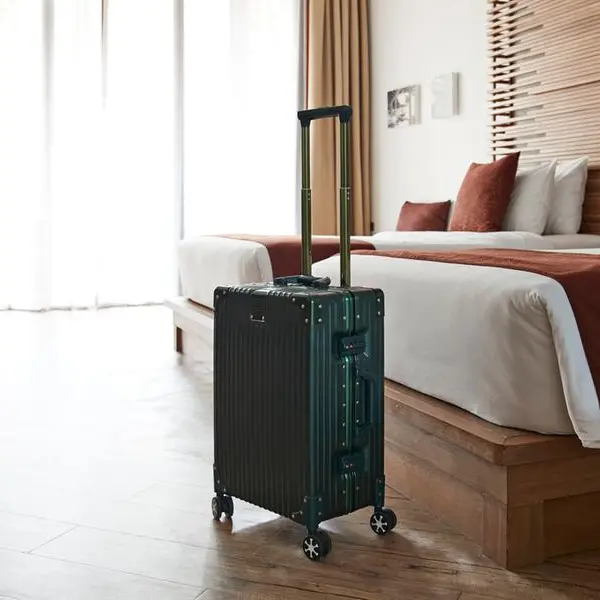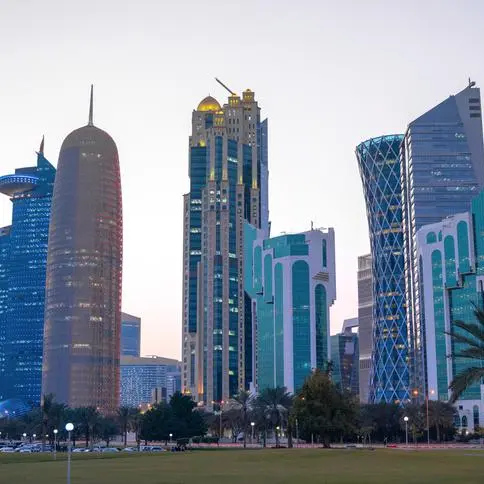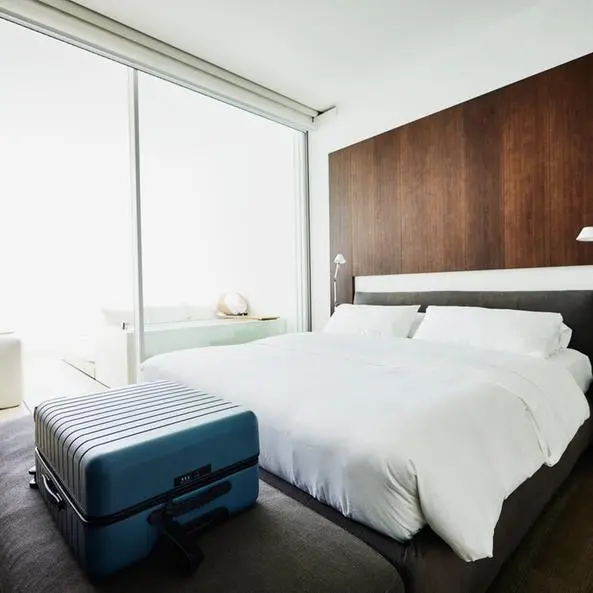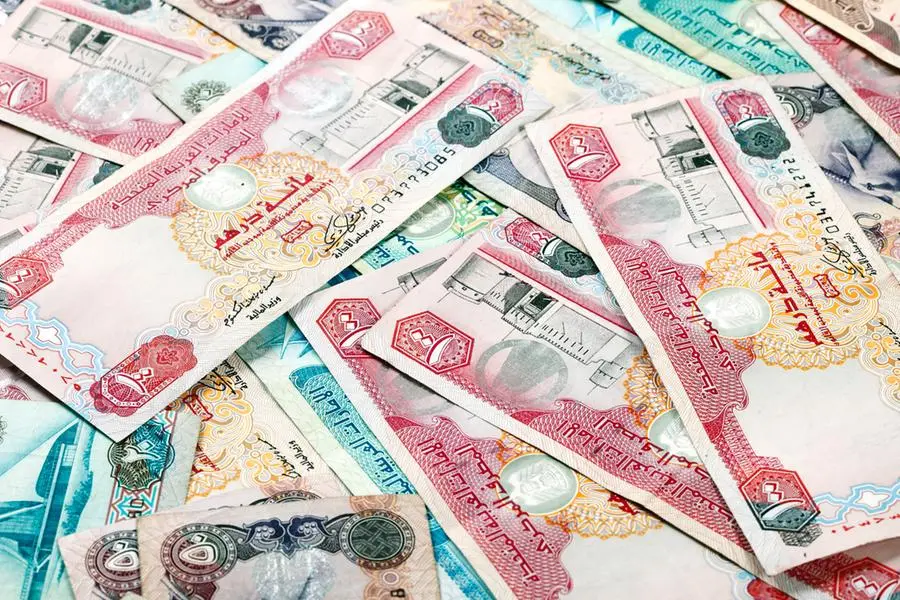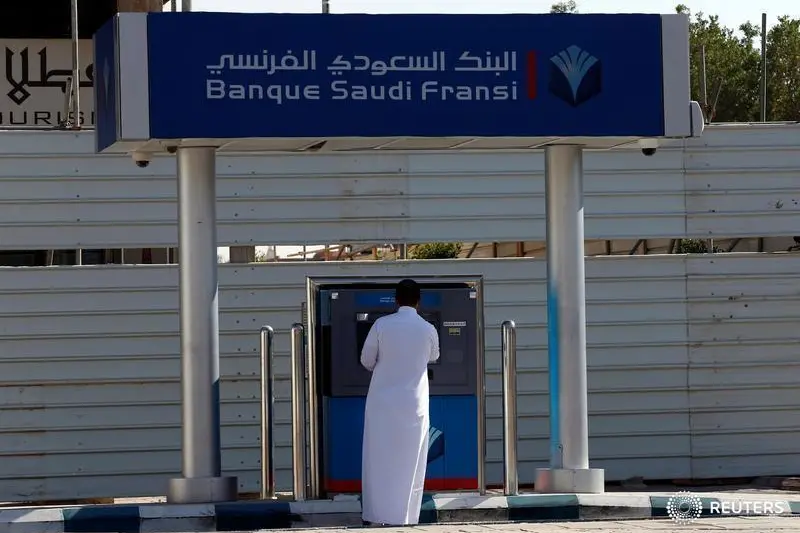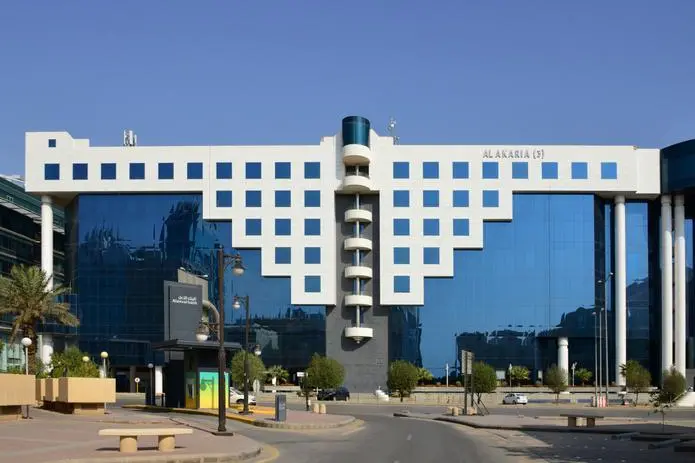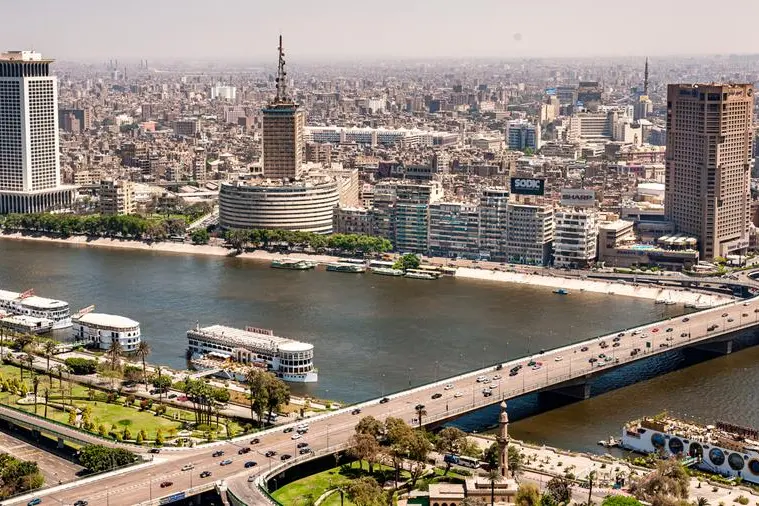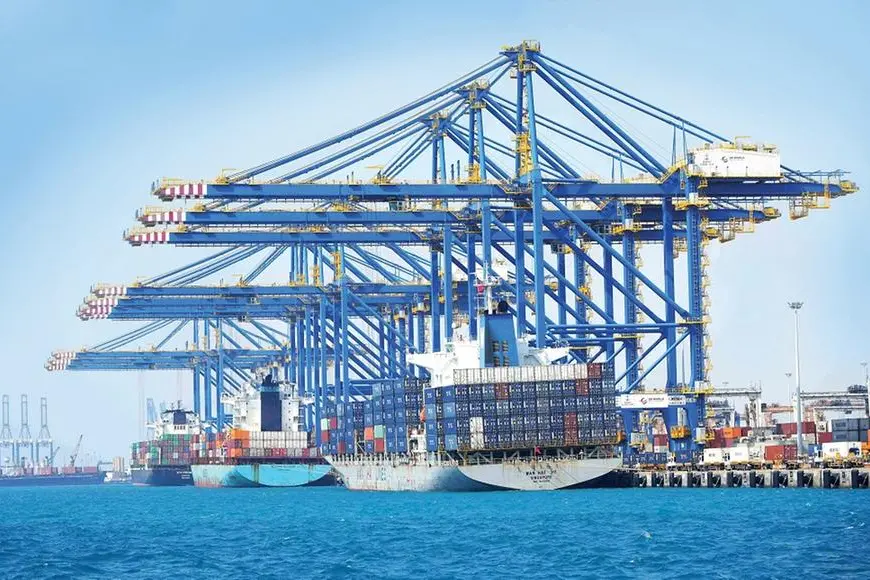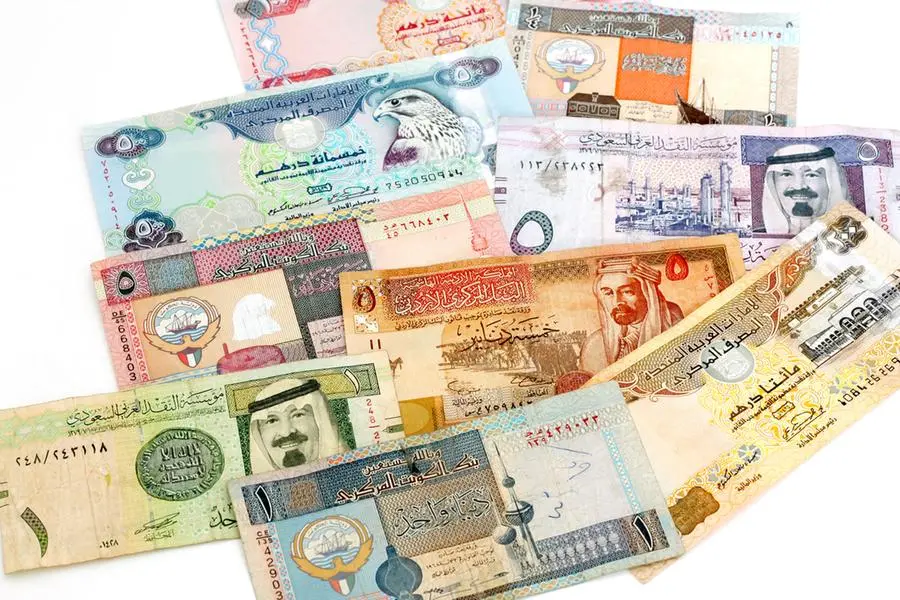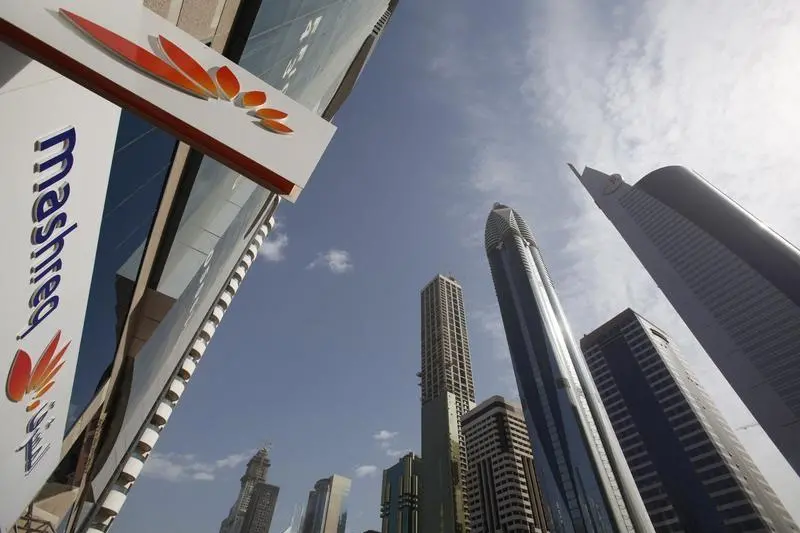PHOTO
Image used for illustrative purpose. Man talking on the phone in hotel room. Getty Images
Saudi Arabia is gearing up to develop 320,000 hotel rooms to cater to the projected surge in tourism, with the kingdom raising its projection for tourist numbers to 150 million by 2030, according to a new report.
About 66% of existing hotel supply in the Kingdom falls into the Luxury, Upper Upscale and Upscale category. However, by 2030, this segment of the market will expand further to 72% of the market, equating to 251,500 hotel rooms, said the report by global property consultancy Knight Frank.
By the end of 2023, Saudi Arabia welcomed almost 100 million domestic and international tourists, with the tourism and hospitality sector contributing to nearly 6% of the kingdom’s GDP. This puts the sector well on track to achieving the government’s 10% target by the end of the decade.
According to the Saudi Ministry of Tourism, tourism spending in the first half of 2023 rose to SAR87 billion, marking a 132% increase compared to 2022. Concurrently, international visitor numbers soared by 142%, totalling 14.6 million arrivals, reflecting the sector's strongest performance in a half-year period.
Key to this growth is the substantial influx of visitors from Muslim-majority nations, with Bahrain (2.2 million), Kuwait (1.9 million) and Egypt (1.5 million) emerging as the top three source markets.
Turab Saleem, Partner and Head of Hospitality, Tourism & Leisure Advisory, MEA, says: "With a target of welcoming 150 million visitors by 2030 -- a 50% increase from its previous goal -- the government is actively exploring various strategies to attract to international travellers. This includes the development of cultural and entertainment offerings nationwide, which complement existing attractions like the Jeddah F1 Grand Prix and numerous 'Entertainment Seasons.' Noteworthy additions include theme parks such as Boulevard World in Riyadh, alongside the licensing of 24 additional theme parks by the Saudi General Entertainment Authority over the past year."
With Riyadh winning the bid to host the 2030 World Expo, it is expected to inject a substantial economic boost of $94.6 billion into the nation's capital, with an estimated 40 million visitors expected during the six-month exhibition, a report by Rajhi Capital said.
This rapid expansion expected in the hospitality sector underscores the need to provide adequate accommodation for hotel staff.
According to Knight Frank's analysis, 67% of the planned hotel room supply in the Kingdom will fall in the 'upscale' or 'luxury' categories (4-star and 5-star). According to the WTO, 4-star and 5-star hotels, on average, require 1-2 staff per room, suggesting somewhere between 232,000 and 387,000 key workers could require accommodation in this segment of the Kingdom’s hospitality market.
Faisal Durrani, Partner – Head of Research, MENA, added: "Notwithstanding that worker to room ratios in Saudi can sometimes be lower than global averages, the provision of key worker accommodation for the hospitality sector will be essential ensure its future success. Not only does accommodation of this type help to mitigate against staff attraction and retention issues, but it also creates investment grade assets. Indeed, elsewhere in the GCC, key worker accommodation can trade for yields of as much as 10%, depending on the location, quality, lease tenure and of course the tenant.”
Religious tourism and property demand
Knight Frank’s analysis of hotel supply in Makkah and Madinah reveals a significant figure of 221,000 hotel rooms announced, planned or under construction, with 40,000 in Masar Makkah and a further 39,000 in Thaker Makkah. Although much of this total is speculative and unconfirmed at this time, it still highlights the scale of development in the Holy Cities and accounts for about 24.7% of the total expected nationwide by 2030.
Daniel Pugh, Partner – Head of Hospitality Valuation & Advisory, MENA, added: “The scale of the Kingdom’s hospitality ambitions is further amplified when you consider the projected development costs. By our calculations, to realise 320,000 hotel rooms, approximately USD 104 billion will be required, in construction costs alone. The Holy Cities themselves, will need to see spending in the region of USD 70 billion to develop the expected 221,000 hotel rooms.”
ABout 30 million religious tourists are expected to visit the Holy Cities by 2025 and the government projects that this figure will rise to 50 million visitors by 2030.
Copyright 2022 Al Hilal Publishing and Marketing Group Provided by SyndiGate Media Inc. (Syndigate.info).




